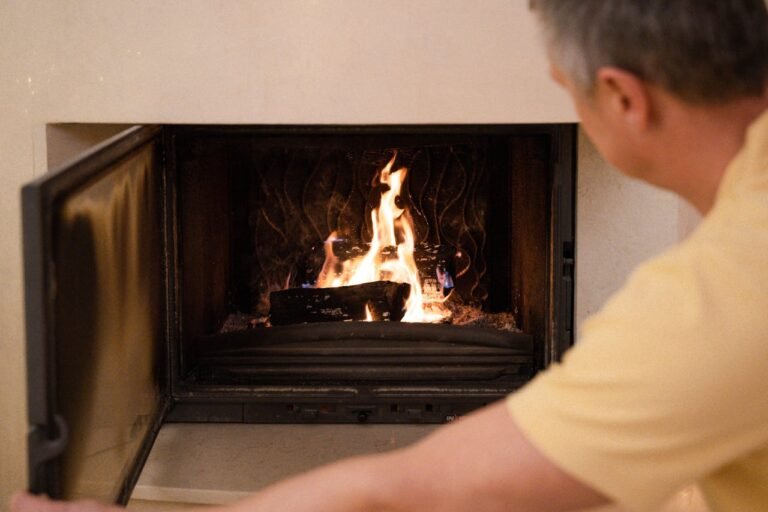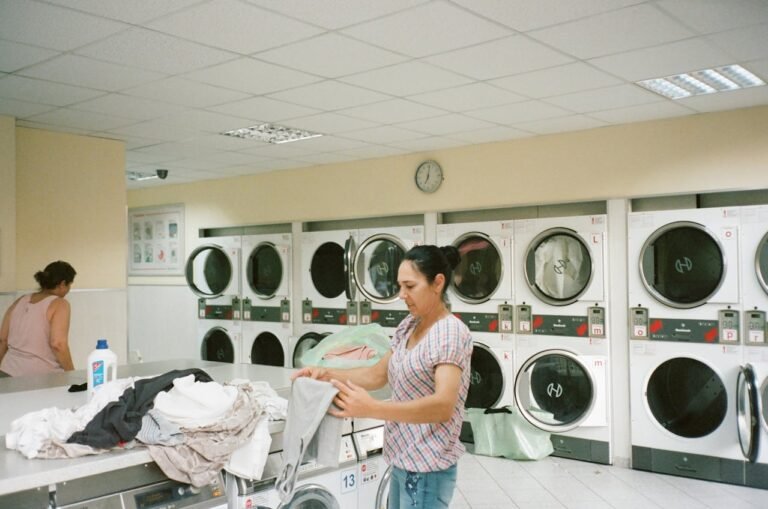Sustainable Innovations in the Construction of Tiny Homes
Rapid urbanisation is shrinking liveable spaces in major cities around the world. With the global population expected to reach over 9 billion by 2050, and potentially almost 10.4 billion in mid-2080, affordable housing could become a serious problem for future generations.
The tiny home movement has emerged and gained traction in recent years. Innovation has flourished in addressing the issue of homelessness with micro homes designed using fewer materials and occupying small spaces in increasingly crowded areas.
Tiny homes are designed with genuine intent to cut down on the construction industry’s carbon footprint. The idea for minimising liveable spaces with micro homes is to help the environment recover from the resource-intensive methods of constructing traditional houses.
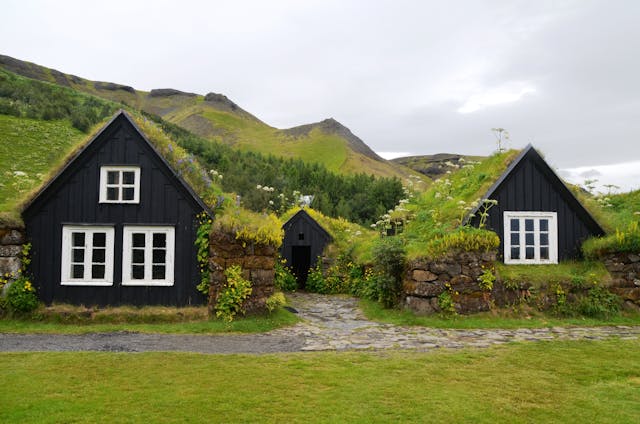
In This Article
- Tiny Homes: An Overview
- Sustainable Innovations in the Construction of Tiny Homes
- Eco-Friendly Building Materials and Techniques for Tiny Houses
- Case Studies of Sustainable Tiny Homes Communities
- Sources
Tiny Homes: An Overview
Tiny homes are small living spaces, typically measuring a few hundred square feet. Unlike traditional homes, these micro homes are designed to minimise the energy requirement of the average-sized house.1
These houses measure anything between 100 and 400 square feet, with some exceeding 500 square feet. While a tiny home may come at a steep price, it is still cheaper compared to the median price of a newly built single-family house in 2015.2
Tiny homes are gaining popularity in different parts of the world. Those built with more affordable materials and installations are helping to address homelessness and provide housing options in densely populated areas.
Designed to take up small spaces, tiny homes often include a loft and a small living space—a thoughtfully designed space with essential furniture, home appliances, and installations.
Tiny homes have the potential to address significant challenges faced by major cities globally. Natural disasters and other circumstances can force a community into homelessness, and rebuilding projects with tiny homes can provide much-needed shelter.3
More people are choosing to live in smaller spaces for various reasons. Personal preferences for choosing a tiny home may be based on individual environmentally friendly habits and intent to minimise the carbon footprint associated with traditional homes.
Additionally, due to the high cost of living in traditional homes, some people prefer to live in tiny homes to cut the cost of utility bills and avoid paying mortgages.
Spaces in Tiny Homes
Living in a tiny home offers the flexibility to combine different interior features into one space—for example, the living room can also serve as a bedroom. Every inch of space is utilised to enhance efficiency.
The construction design for these tiny living spaces can utilise natural sunlight by incorporating large windows and skylights. This helps to illuminate the interior naturally, creating a unique experience.
Since there isn’t much storage space in tiny homes, every wall space and storage unit should be utilised. Maximising every available space in a small living area makes it more comfortable to live in.
Sustainable Innovations in the Construction of Tiny Homes
1. Solar Energy for Tiny Homes
Tiny homes with renewable energy installations are ideal for a sustainable environment. Solar energy has emerged as a trend to complement the lifestyle of living in smaller spaces.
While solar panel installation may come at a cost, it’s an investment worth considering. Off-grid tiny homes are more energy-efficient, and by harnessing solar power, owners of tiny living spaces can achieve energy independence.
Harnessing clean energy sources is one of the best ways to achieve environmental sustainability. Traditional homeowners, businesses, and even farms function off the grid.
Solar panel installation offers the flexibility to stay off the grid, and this is what it means to be energy-independent. This is a game changer in the tiny home movement. Solar panel systems not only ensure energy independence but also increase the value of tiny houses by providing a clean energy source.
Additionally, Tiny houses are sometimes mobile, allowing owners to move to different areas.
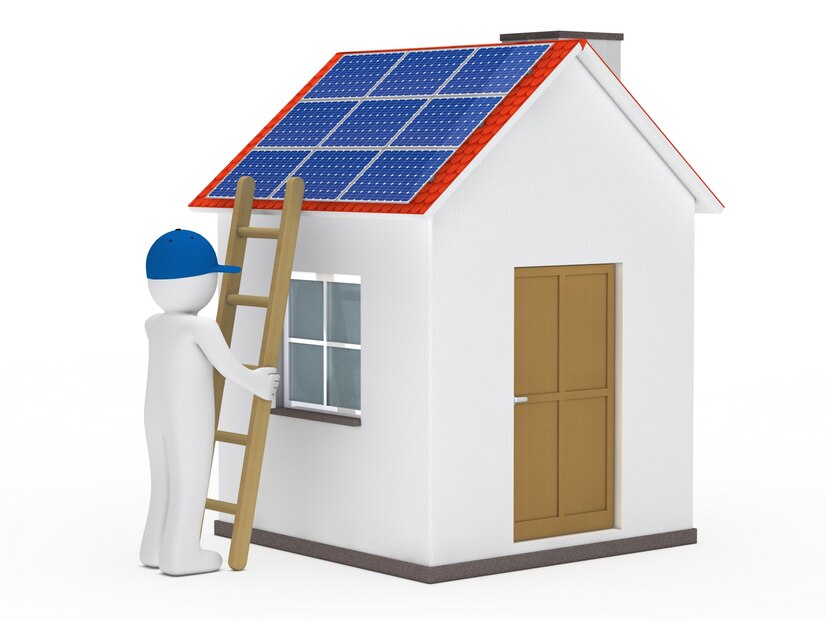
2. Energy-Efficient Appliances
Recommended for both traditional and tiny homes, investing in energy-efficient appliances is the best way to cut costs on utility bills. Whether you are looking for refrigerators, HVAC systems, stoves, dehumidifiers, smart thermostats, room air conditioners, or electric cooking products, always look for ENERGY STAR-certified home appliances.

Eco-Friendly Lighting
For lighting, we recommend LED light, which emits less heat compared to incandescent bulbs. According to the U.S. Department of Energy, residential LEDs, especially ENERGY STAR-rated products use significantly less energy than incandescent lighting.
ENERGY STAR-certified LEDs use at least 75% less energy. They are durable and ideal for tiny homes as these products emit very little heat. LEDs are the future of lighting and the best energy-efficient lighting option for tiny houses.4
Since the living space is small, it would be unwise to use lighting bulbs that emit more heat.
3. Rainwater Harvesting in Tiny Houses
Rainwater harvesting is an ancient water conservation method that has been modernised to collect rainwater in today’s homes. Water is a vital resource, and installing a system to store it makes life more comfortable.
Installing a rainwater harvesting system is very important, especially for tiny homeowners living in areas with water scarcity. Stored rainwater can serve various purposes, such as laundry, flushing toilets, washing dishes, and watering plants.
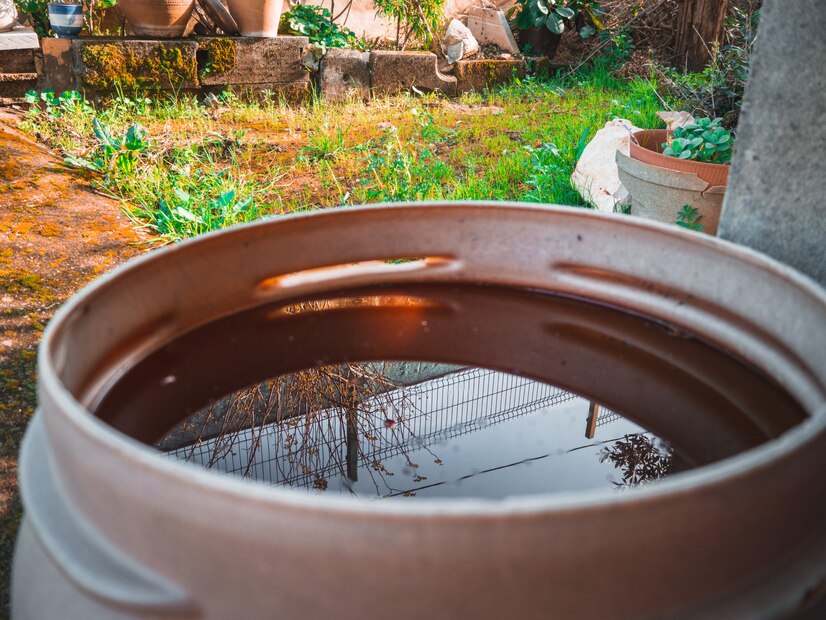
4. Composting Toilets
The concept of a composting toilet in tiny houses is to help conserve water. Composting toilets convert human waste into compost materials, making them an excellent option for tiny homeowners.
Traditional toilets use excessive water for a single flush, and let’s not forget the long showers that also use a significant amount of water. Efficient water use is crucial, particularly in cities where water is costly or scarce.
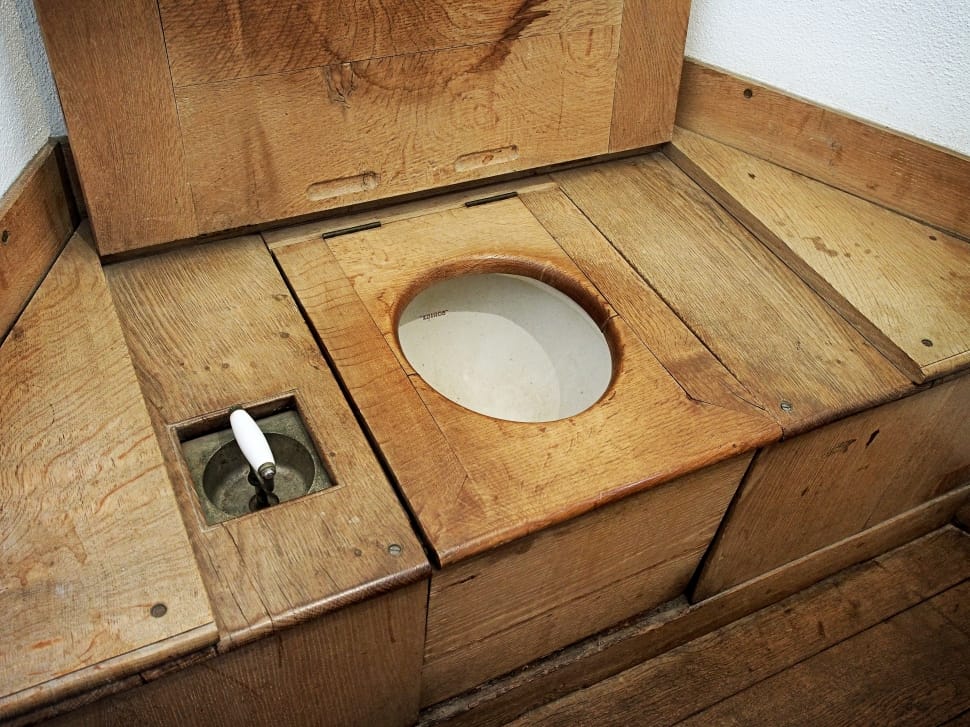
Eco-Friendly Building Materials and Techniques for Tiny Houses
1. Bamboo
Bamboo is a versatile material used in various applications. It’s a durable and sustainable option used in building construction. Bamboo is a biodegradable material that replenishes quickly in nature.
As a fast-growing and renewable resource, bamboo is a solid alternative to traditional lumber and a durable material for tiny home construction. Using them in home construction is environmentally friendly, cost-effective, and offers durability with its high sustainability impact.5
2. Reclaimed Wood
Reclaimed wood is another sustainable material for home construction. It provides durability and enhances the design of home projects.
3. Hempcrete
Hempcrete is considered one of the oldest materials used in construction. It’s a durable material still in use today.
Hempcrete is made by simply combining industrial hemp, water, lime, and stalks. The silica in the shiv, when mixed with the lime, creates the non-toxic, strong material called hempcrete. The material is more concrete-like and highly durable for home construction.
4. Metal Siding
Metal siding is known for its durability, making it an ideal material for constructing tiny houses. It is resistant to rot and moisture, showing the extent of its durability
5. Recycled Materials
A variety of recycled materials are used in tiny home constructions—from shipping containers to reclaimed bricks and glass bottles. Many shipping containers are now being converted into tiny homes.
The interior of shipping containers’ tiny homes is luxurious, with some built to meet the specific tastes of homeowners.
Examples
For the sustainable construction of tiny homes, we will look at some examples of tiny houses made from recycled materials, according to ArchitecturalDigest.com.
An example of using recycled material in building tiny houses is Natalie Pollard’s property in Asheville, North Carolina, which was constructed using locally milled lumber. The 265-square-foot home was built with flooring from a local salvage store, according to ArchitecturalDigest.com.6
Another housing project that involved building with recycled materials was inspired by old railway cars and shepherd wagons. Andy Gill and Kate Fox built a tiny home to suit their lifestyle, using reclaimed Victorian-era wood and salvaged barn wood. The former was used for floorboards, and the latter was used for the wall studs.6
AfriCraft Sustainable Initiative – Building a House with Recycled Materials
AfriCraft is a Tanzanian non-governmental organisation committed to reducing plastic waste by creatively using plastic bottles to construct houses.
AfriCraft is not only interested in designing different types of tiny homes with recycled materials, but they are also training students and young people on alternative construction methods.7
Their initiative is focused on educating young kids in the classroom on the importance of incorporating plastic waste materials into home construction.
Case Studies of Sustainable Tiny Homes Communities
Community First! Village – Austin, Texas, United States
Community First! Village is an initiative to combat homelessness in Texas. It’s a 51-acre community that provides affordable housing for homeless individuals in Central Texas.8
The community features more than 200 tiny homes, along with RVs (recreational vehicles) and canvas-sided cottages serving as shelters for homeless individuals.
Community First! Village prioritises sustainability—tiny houses in the community are built with sustainable materials, and they are powered by renewable energy. The community also install rainwater harvesting systems to keep it thriving.
Hundreds of homeless individuals have benefited from the community’s supportive initiative, which addresses homelessness in a sustainable and impactful way.
Settlers Creek Tiny House Village – Victoria, Australia
On the other side of the world, Settlers Creek is a well-known tiny home community that prioritises sustainability. Like Community First! Village in Austin, Texas, Settlers Creek uses renewable energy and rainwater harvesting systems.
Settlers Creek takes pride in its sustainability standards and encourages residents of the community to participate in educational programs that promote sustainable practices.
It is a well-planned community that prioritises sustainable living among its residents.
Boneyard Studios – Washington D.C., United States
Boneyard Studios was one of the first tiny home communities to emerge in an urban environment.
Tiny homes in this community are constructed on trailers with recycled materials. Boneyard Studios is also committed to sustainability, with its use of renewable energy, composting toilets, and rainwater harvesting systems.9
Boneyard Studios makes it possible for groups to co-exist in an urban environment while maintaining sustainable practices.
LILAC (Low Impact Living Affordable Community) – Leeds, United Kingdom
LLIAC is a British co-housing community where tiny homeowners live alongside larger residents of larger homes. This Leeds-based housing community was established with the intent to provide affordable and sustainable housing in an urban area.
Homes in LLIAC are built with materials like straw bale insulation and timber frames. LLIAC has served as an inspiration for other co-housing projects emerging across the country.
Quixote Village – Olympia, Washington, United States
Another American tiny home community that helps homeless individuals find shelter is Quixote Village. What began as a tent city has progressed into a sustainable community with 30 tiny cottages, gardens, and a communal building.
Quixote Village has provided homes to homeless individuals and prioritises sustainability by ensuring appliances in tiny homes are energy-efficient, minimising the community’s carbon footprint.
Woonpioniers Tiny Homes Community – Almere, Netherlands
Woonpioniers Tiny Homes Community was part of the Dutch government’s initiative to promote environmental sustainability. The project was completed with efforts from architects, builders, and environmentalists who collaborated to construct tiny homes.
Woonpioniers Tiny Homes Community prioritises the use of renewable energy among its residents.
Tiny House Village at Dignity Village – Portland, Oregon, United States
Dignity Village is considered one of America’s oldest and most well-known tiny home communities. The community is all about sustainable living, with an emphasis on using recycled materials in home construction.
Dignity Village utilises renewable energy sources and composting toilets to reduce human waste. The community encourages sustainable living among its residents.
Simply Home Community – Portland, Oregon, United States
This is a co-housing tiny home community that promotes sustainability. Simply Home Community understands the importance of sustainable living and has developed a model focused on reducing individual carbon footprint while promoting social interaction among residents.
Earthsong Eco-Neighbourhood – Auckland, New Zealand
Earthsong Eco-Neighbourhood is the first co-housing eco-village in New Zealand, established to promote environmental sustainability and social connection among residents. It’s a thriving community, well-planned with constructed gardens, playgrounds, and a common house to foster a stronger and more connected community for all.10
Sources
- Lutz, M. (2019). BIG IDEAS IN TINY HOUSE RESEARCH AT NORWICH UNIVERSITY. Journal of Green Building, 14(1), 149–164.
↩︎ - Alterman, L. (2022, November 3). What is a tiny house? A huge trend explained in simple terms. Real Estate News & Insights | realtor.com®.
↩︎ - Bozorg, L., & Miller, A. (n.d.). Tiny homes in the American city. DigitalCommons@Lesley.
↩︎ - LED Lighting. (n.d.). Energy.gov. ↩︎
- Nareswarananindya, N., Laksono, S. H., Ramadhani, A. N., Budianto, A., Komara, I., & Syafiarti, A. I. D. (2021). The design concept of bamboo in micro-housing as a sustainable self-building material. IOP Conference Series Materials Science and Engineering, 1010(1), 012026. ↩︎
- Martin, H., & Life, C. O. T. T. (2016, June 15). 9 Tiny Houses Made from Recycled Materials. Architectural Digest. ↩︎
- TINY HOUSES – Building with recycling materials | Africraft. (n.d.). ↩︎
- Tompkins, L., & Durst, E. (2024, January 10). Austin takes a big bet on tiny homes to ease homelessness. The New York Times. ↩︎
- Designing Sustainable Homes: Lessons from Boneyard Studios | boneyardstudios.org. (n.d.). ↩︎
- Earthsong Eco-Neighbourhood – World Habitat. (2018, May 2). World Habitat. ↩︎

